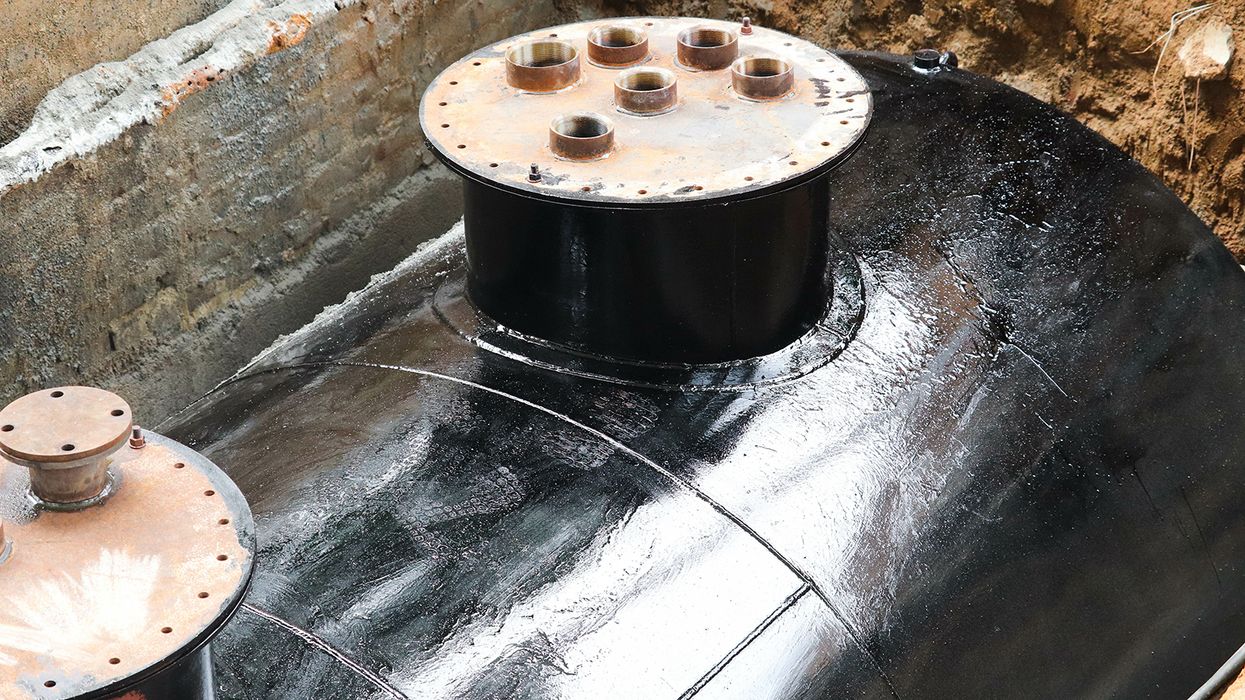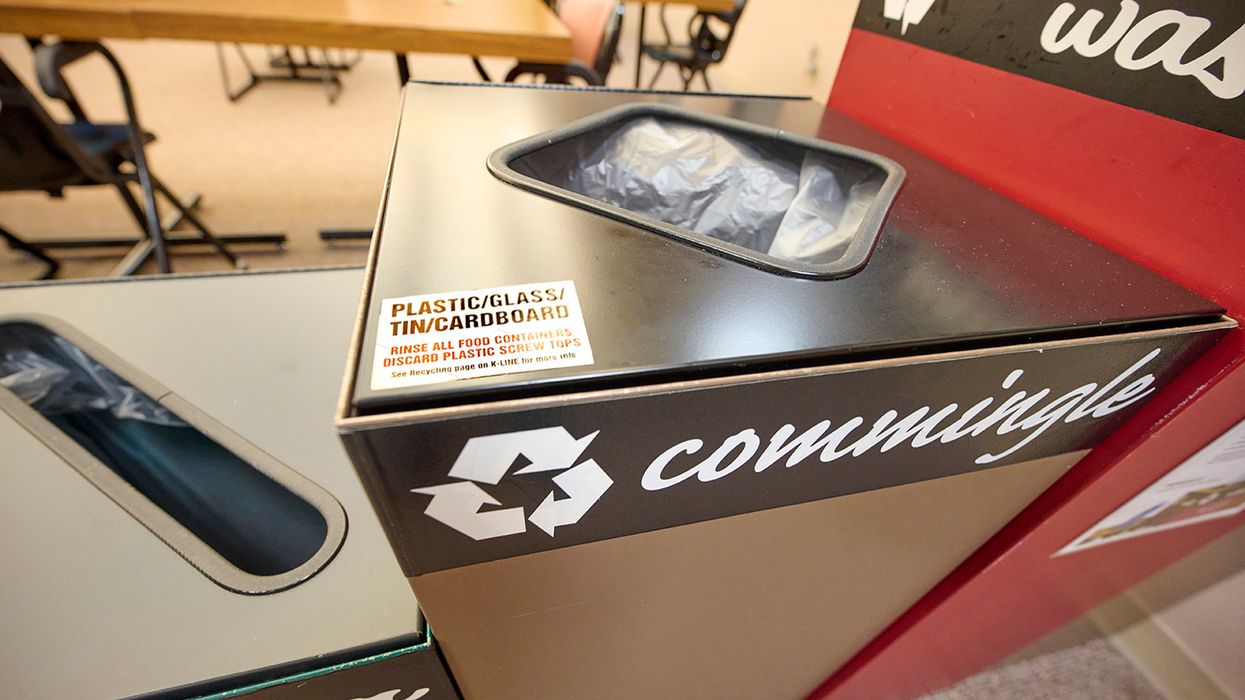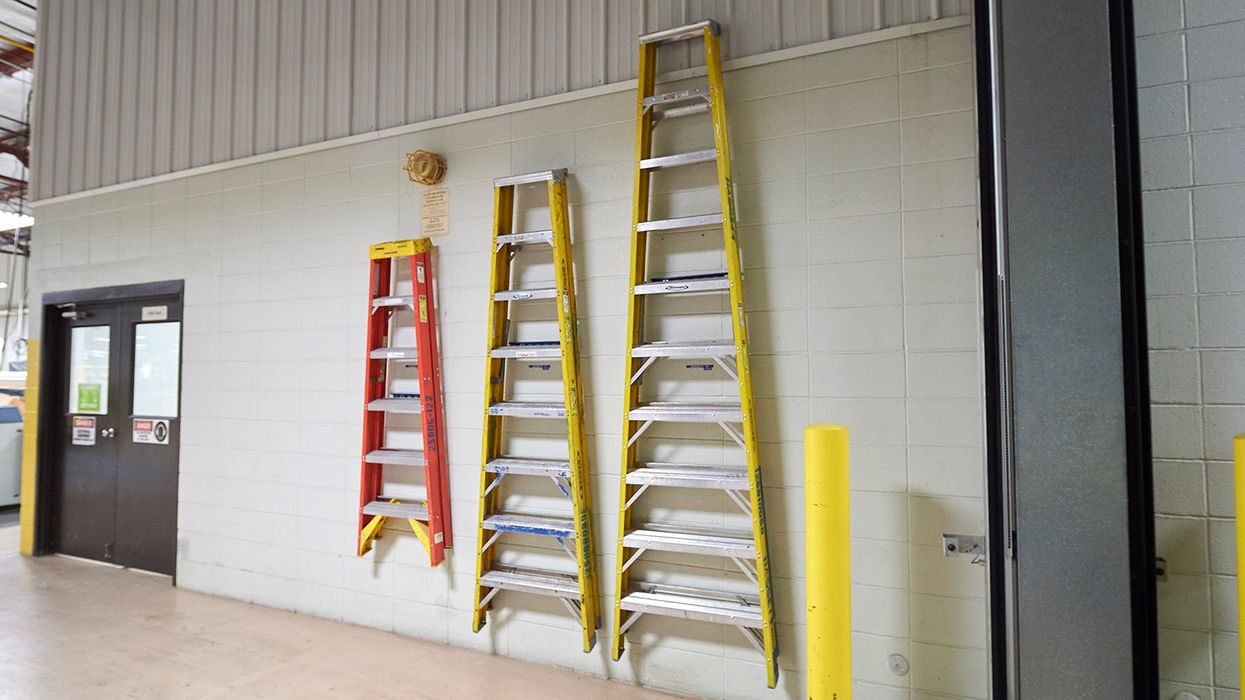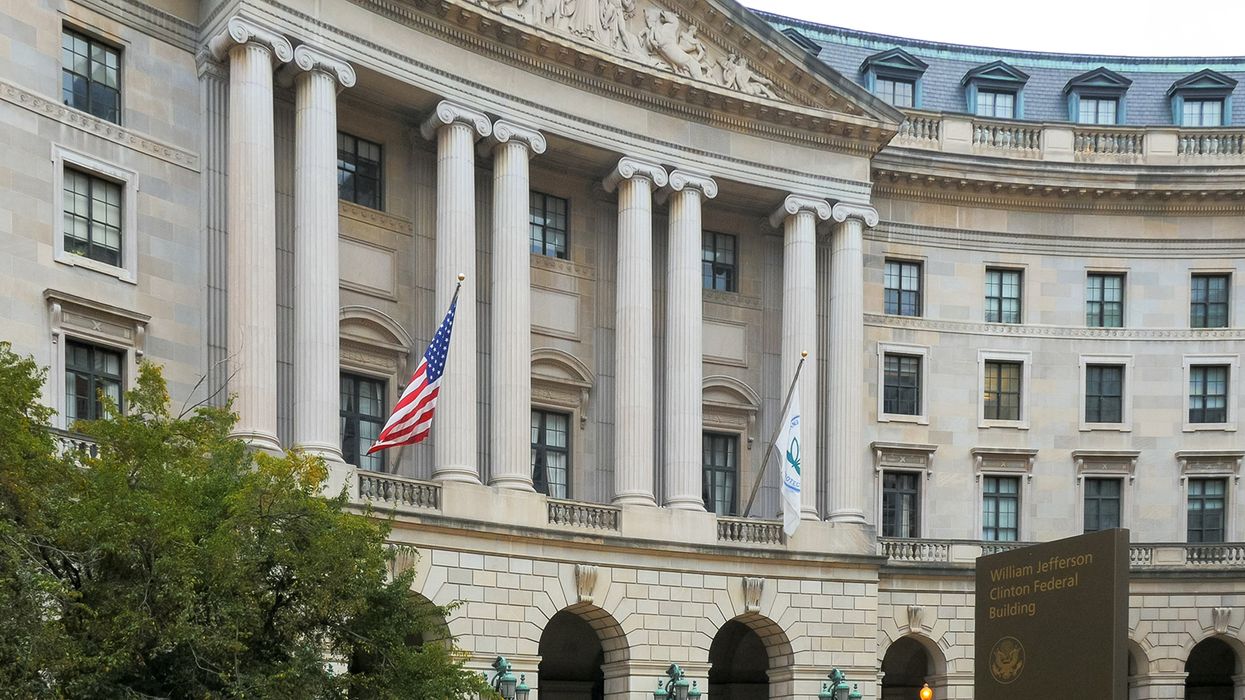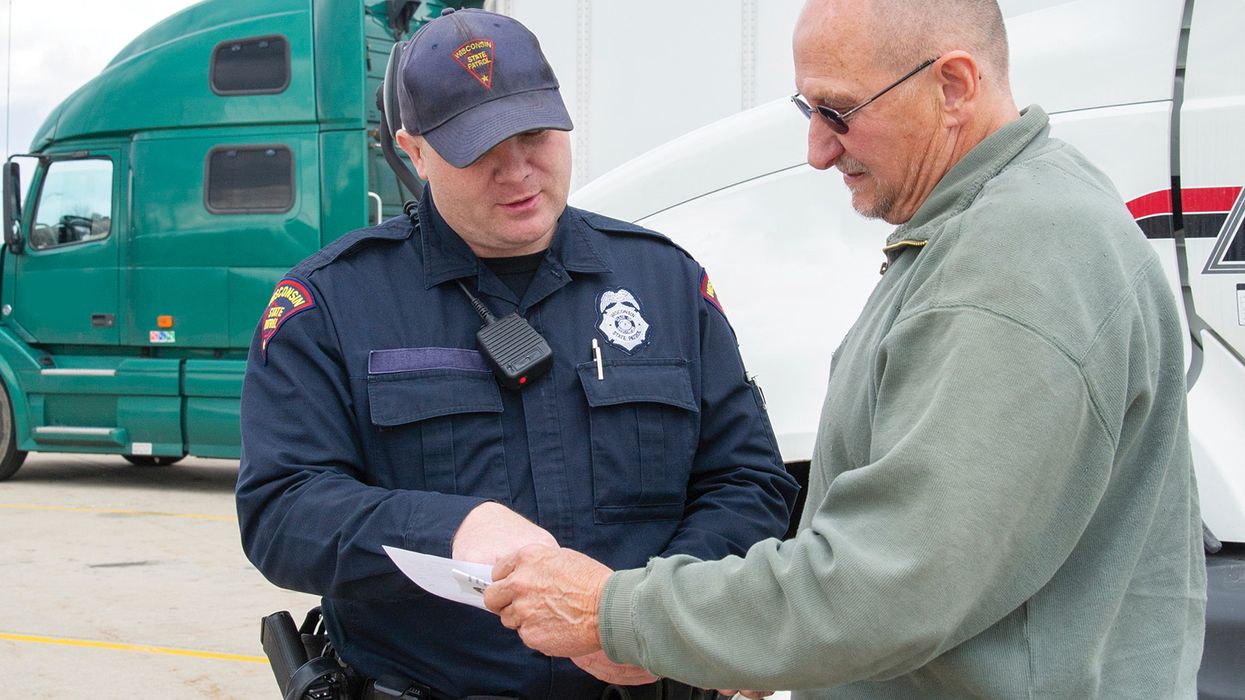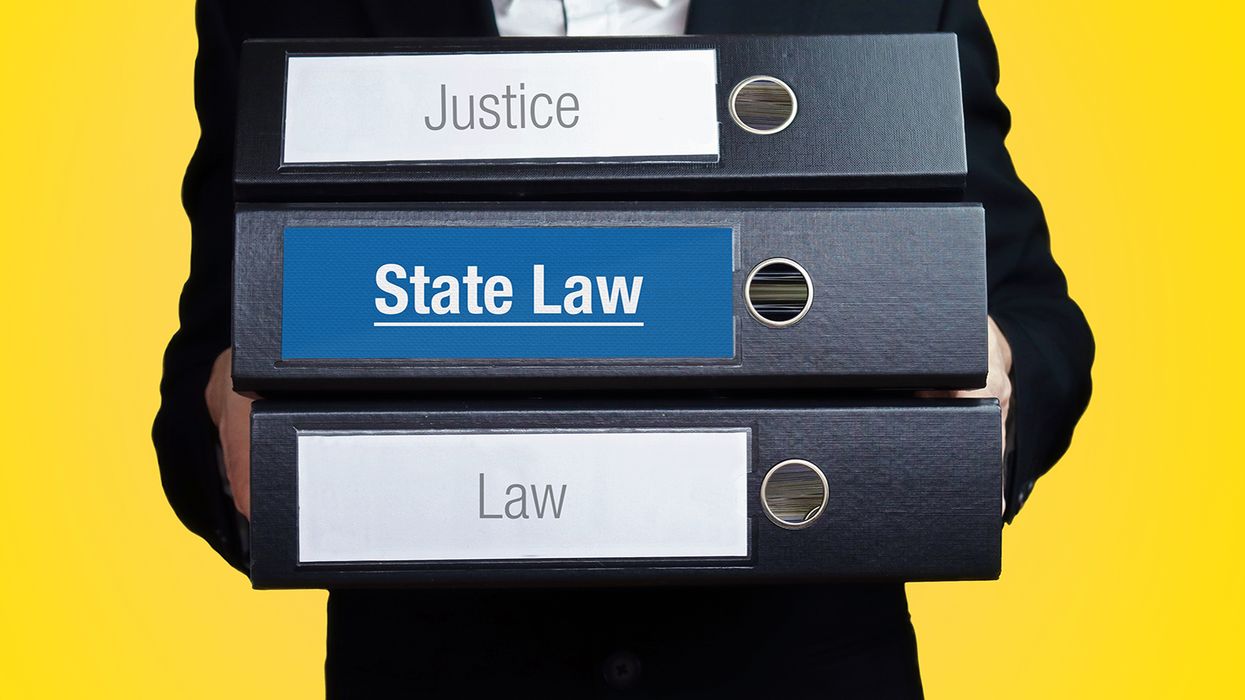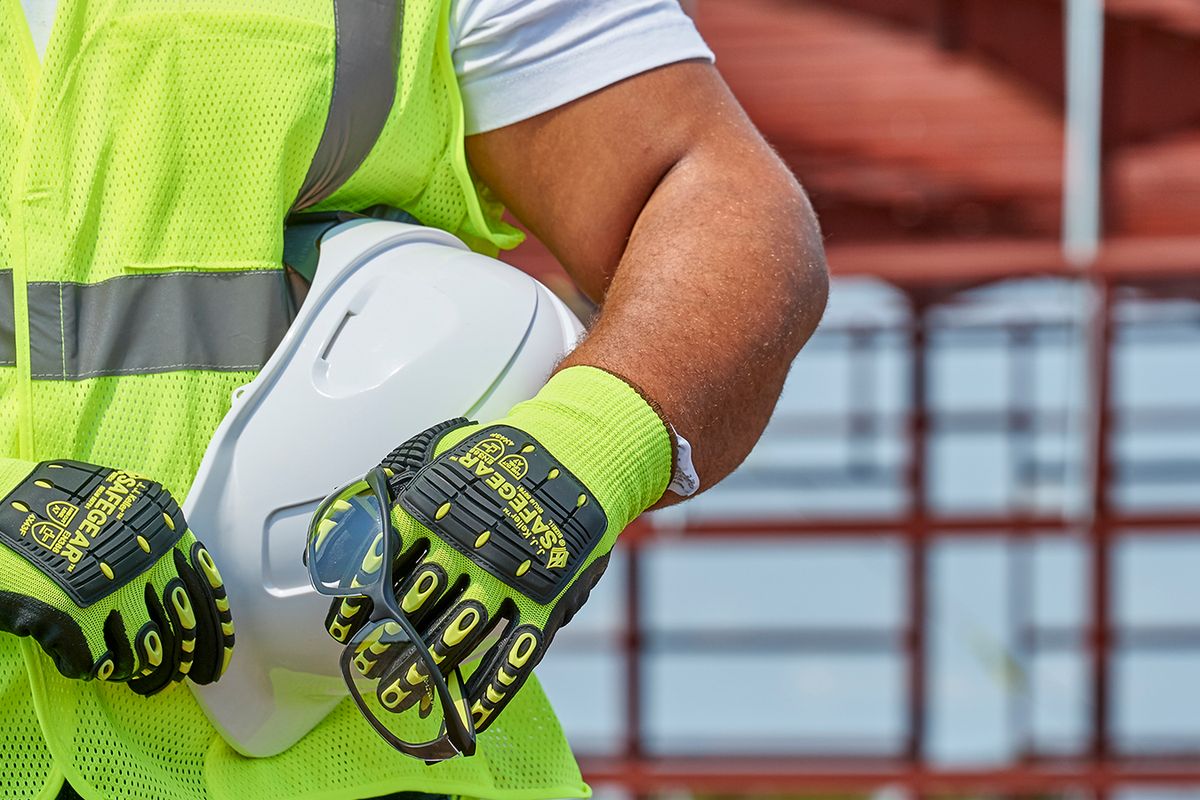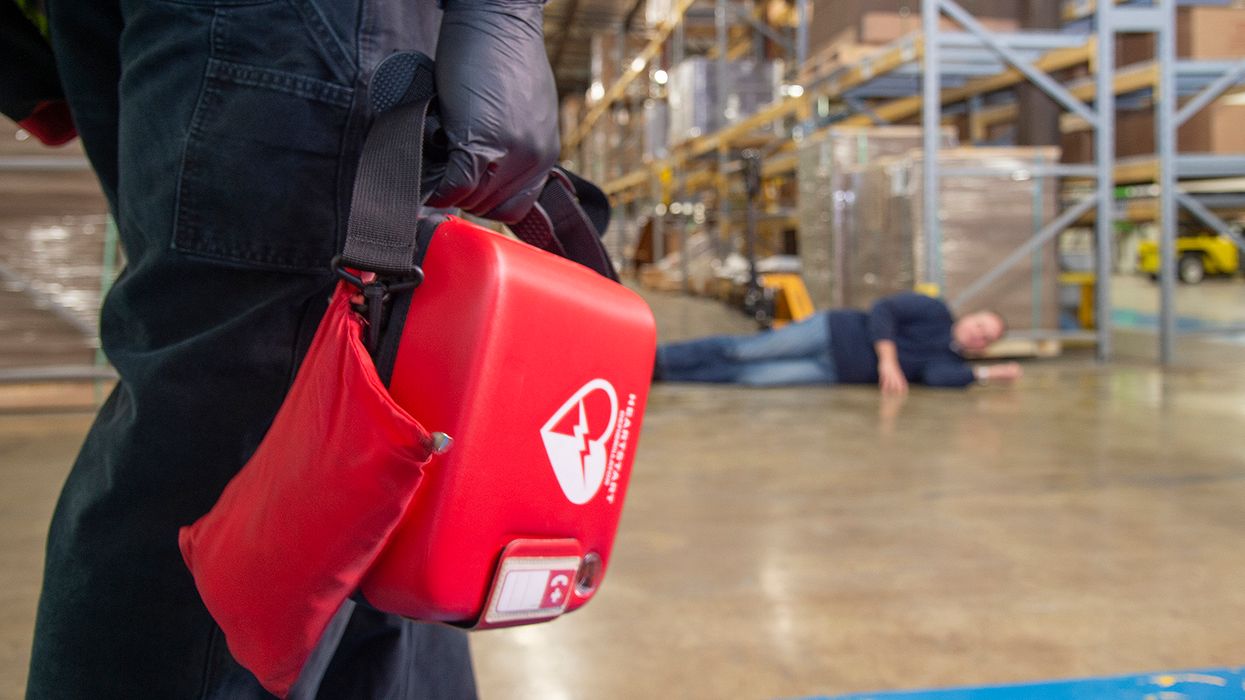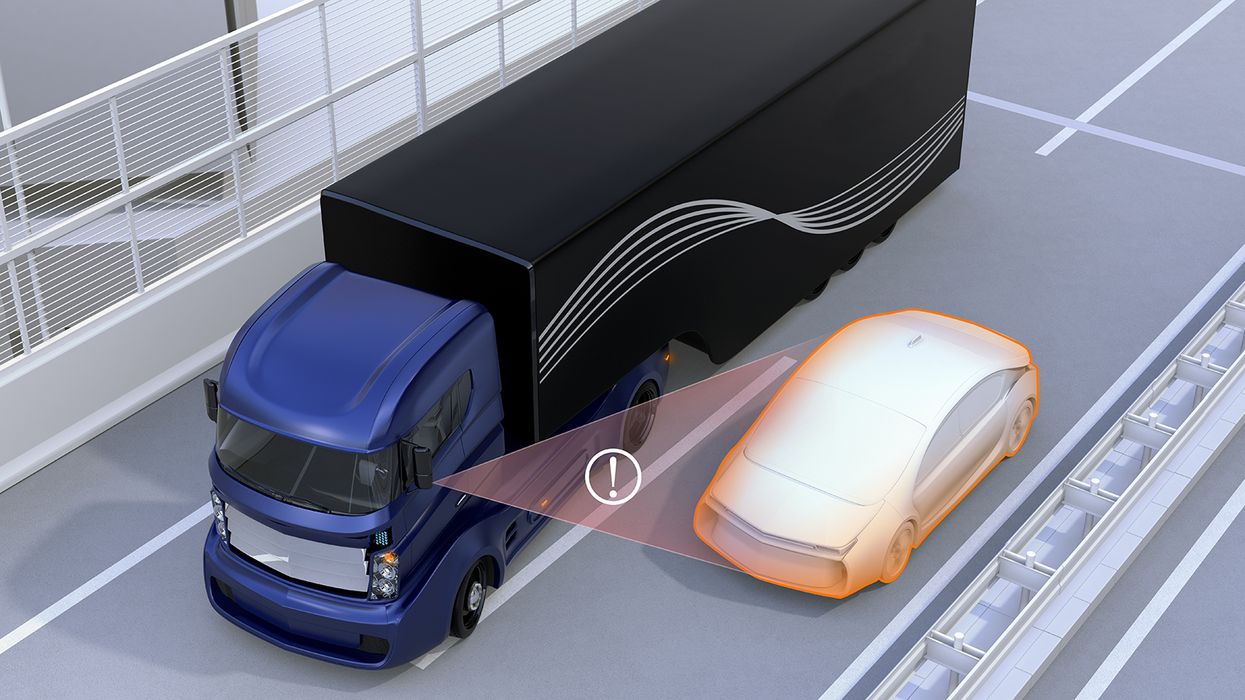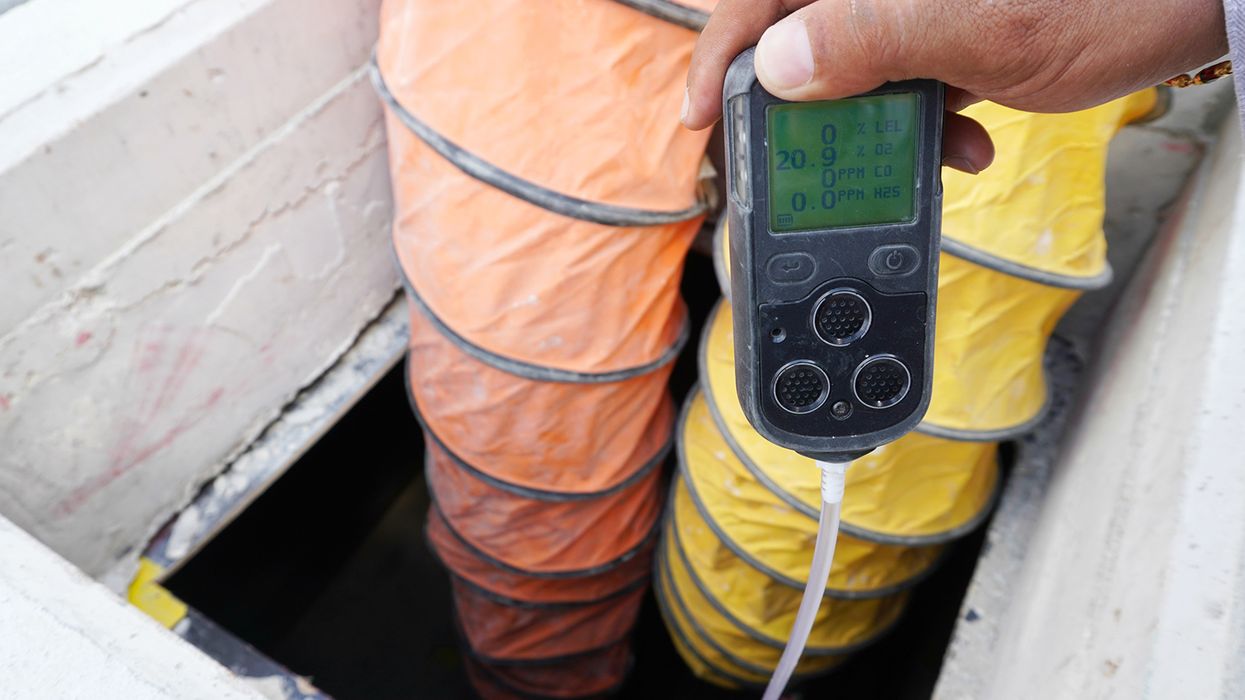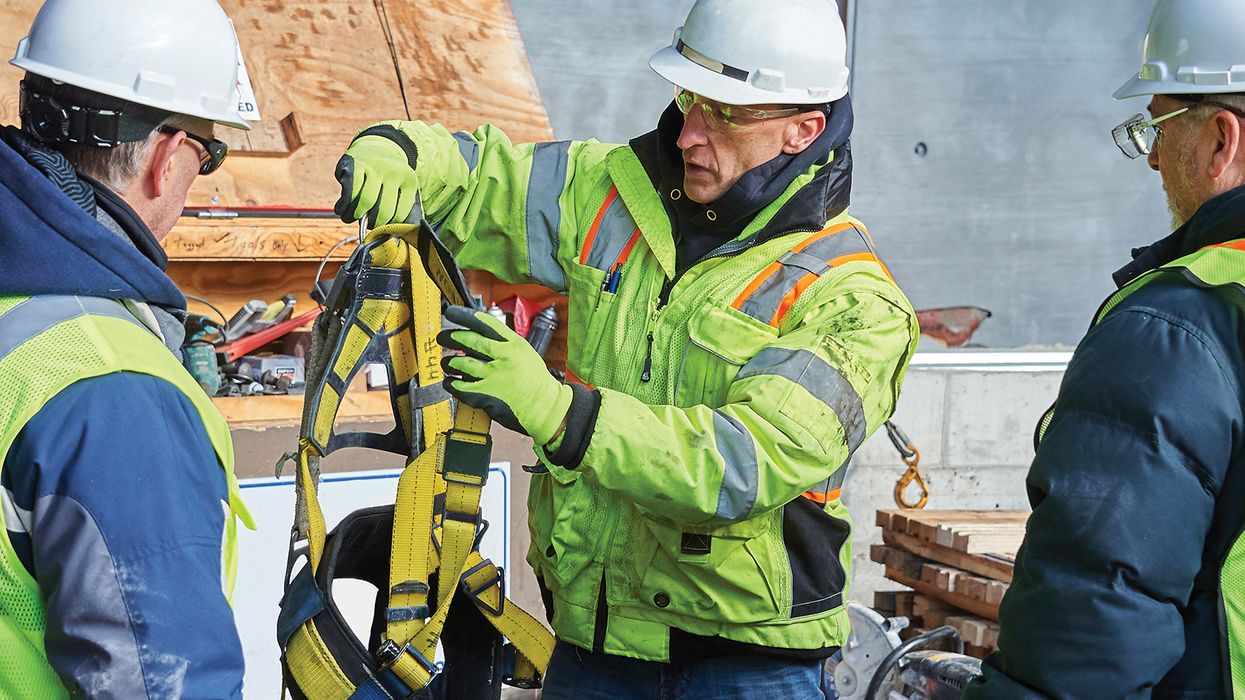UCR takes aim at anomalies
An anomaly is something out of the ordinary — something that happens that’s not part of the expected norm. A glitch. Not supposed to be there.
Anomalies are now at the center of a Unified Carrier Registration (UCR) audit and enforcement initiative. The anomalies in UCR registration can occur when a motor carrier’s International Registration Plan (IRP) fleet is compared to the number of vehicles reported for the UCR.
Accurate vehicle counts are key
UCR fees for most carriers are determined based on the number of interstate commercial vehicles reported on the carriers’ MCS-150/MCSA-1 form. The number of vehicles reported on these forms determines the UCR fee bracket, and carriers pay UCR fees according to the corresponding fee bracket.
Registration under the IRP is also obtained for interstate vehicles/combinations over 26,000 pounds or having three or more axles regardless of weight. Presumably, for a carrier that has IRP plates on its vehicles and that also pays UCR fees, the number of vehicles registered under the UCR should at least be the number of vehicles plated under the IRP. It shouldn’t be less. If it is, this could be an anomaly.
A FAR goal
These types of anomalies will be investigated and are referred to as “Focused Anomaly Reviews” or FARs. The intention of the FARs is to identify carriers that may have underpaid their UCR fees.
The FARs initiative has three primary goals:
- Provide a simple method for UCR states to comply with the audit requirement,
- Raise awareness among carriers that states are actively reviewing registrations for accuracy, and
- Recoup revenue by investigating high-probability underpayment situations.
Carriers with anomalies between their IRP and UCR registration are identified and then evaluated as to whether there’s a high probability that the fees were underpaid. The UCR board then notifies the states in which these carriers are based.
Just because anomalies have been identified doesn’t mean that there’s a problem. There may be valid reasons for differences between IRP and UCR vehicle count. It is up to the states to fully investigate. If the state investigates and finds that the carrier should have paid in a higher bracket, the carrier must pay the difference.
Key to remember: Proper vehicle registration based on accurate vehicle counts will help prevent a UCR anomaly audit.

























